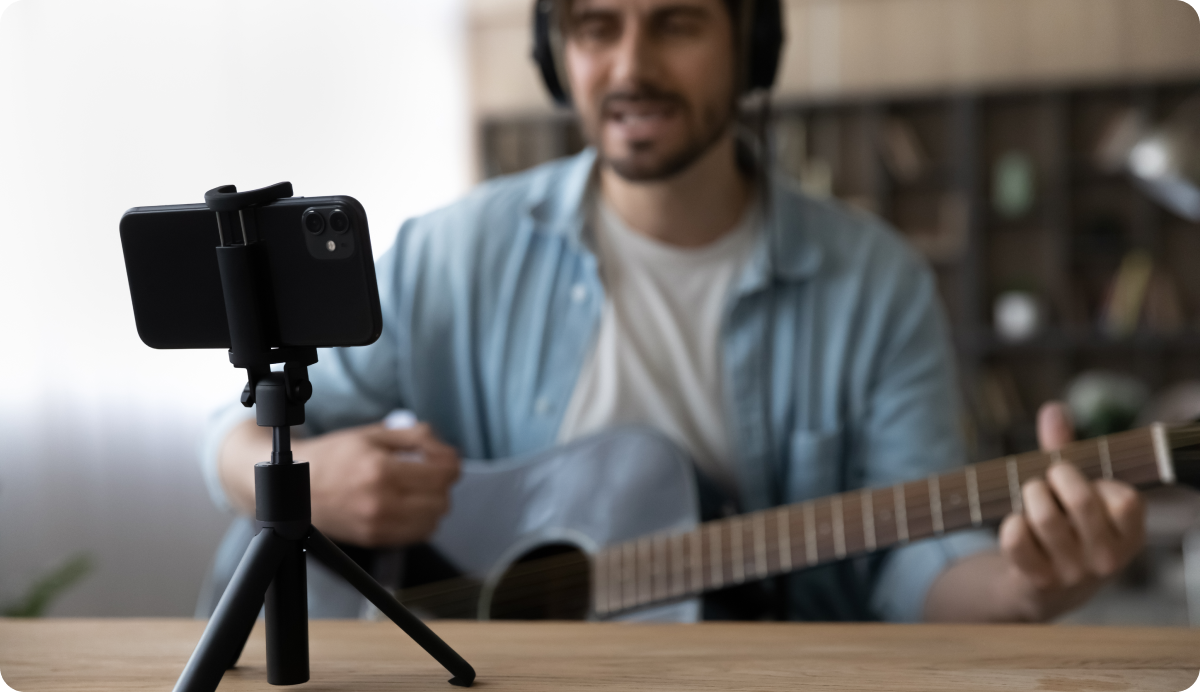Try to imagine total sensory deprivation.
No tactile feedback. No auditory, visual, olfactory, or gustatory feedback. No way to test an idea, confirm a hunch, or experiment on a thought. No trial and error; just trial with no feedback.
It would be impossible to learn.
Thriving on Feedback
Human beings are feedback sponges. We thrive on the stimulation of cognitive, sensory, and motor feedback.
From before we left the womb, our physical senses have delivered feedback from the world around us. We constantly test through trial and error. We try something. We get feedback from others or from our senses (i.e., a hot stove), and our brains change.
We are never the same. We remember. We have learned. We now have experience.
Our brains record patterns of firing neurons, synthesizing enormous amounts of sensory data, and as they do we change.
We call this change in our brains learning.
The Process of Learning
Inside the brain is a structure called the anterior cingulate. It gets automatically activated when we’re exposed to something that happens differently than we expected. Scientists believe that this part of our brains has been designed by nature to help us learn through trial and error.
The spectrum of things humans can learn is vast. And this learning changes behavior. In fact, it empowers a learner to behave in ways that he or she didn’t have the skills or understanding to behave before. Learning is the process of becoming more, which in turn makes the job of an educator that much more essential.
Gaining Experience
Childhood is a period of rapid and explosive learning, learning by trial and error, and learning by feedback, gaining experience in spades. As we look at higher order learning of more complex cognitive and kinesthetic skills, the mechanisms at work in those early years are still in play. Trial and error is natural and simple, because as Teaching with the Brain in Mind author Eric Jensen says:
Mistakes, not correct answers, make us smarter.
These feedback facts become increasingly important as children age and acquire more complex skills. From early sandboxes and playgrounds to digital environments, classrooms, and workplaces, learning requires more input, more feedback. Which leads us to ask at the terminus of structured learning—the higher education classroom—how does feedback function?
For more tips on giving feedback to students, read The Ultimate Guide to Feedback.





